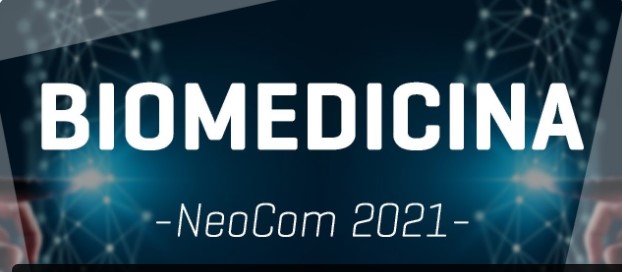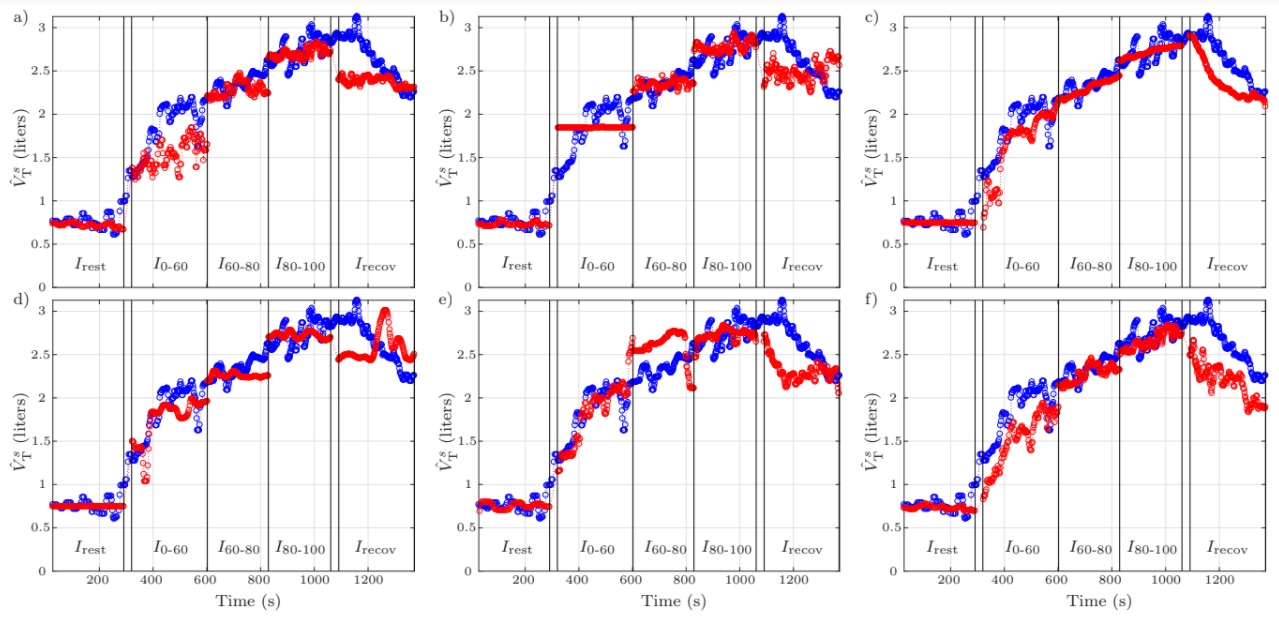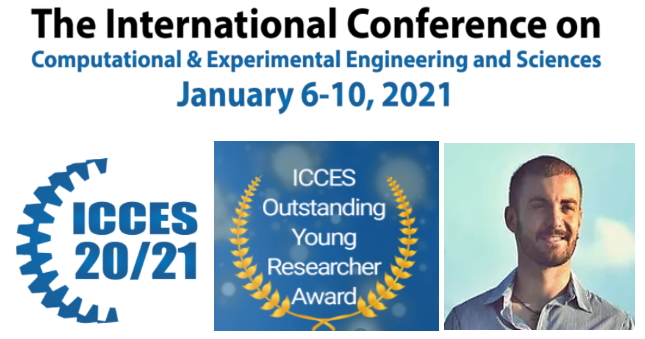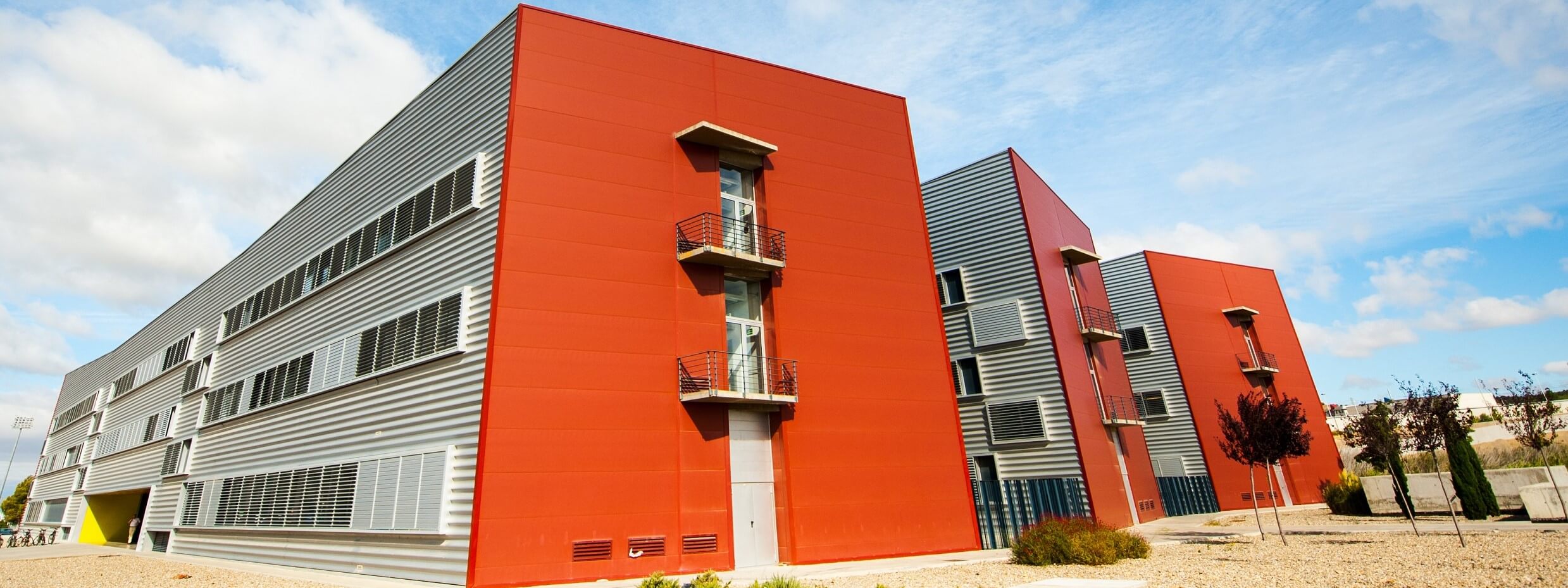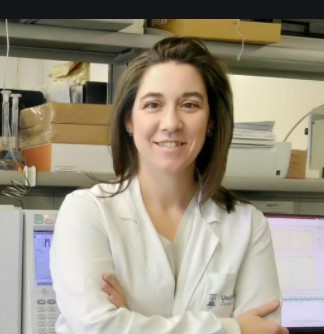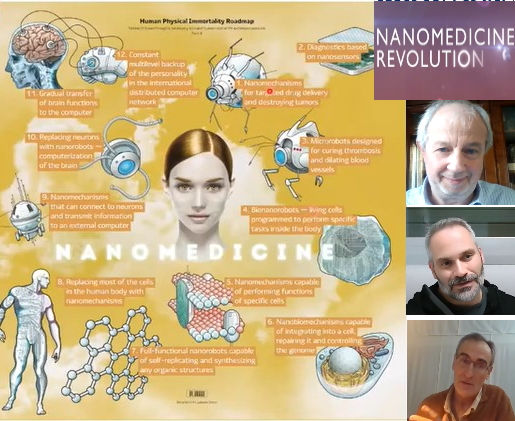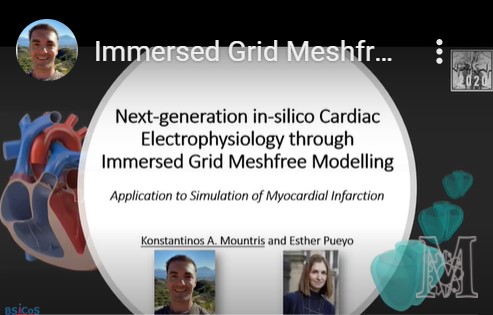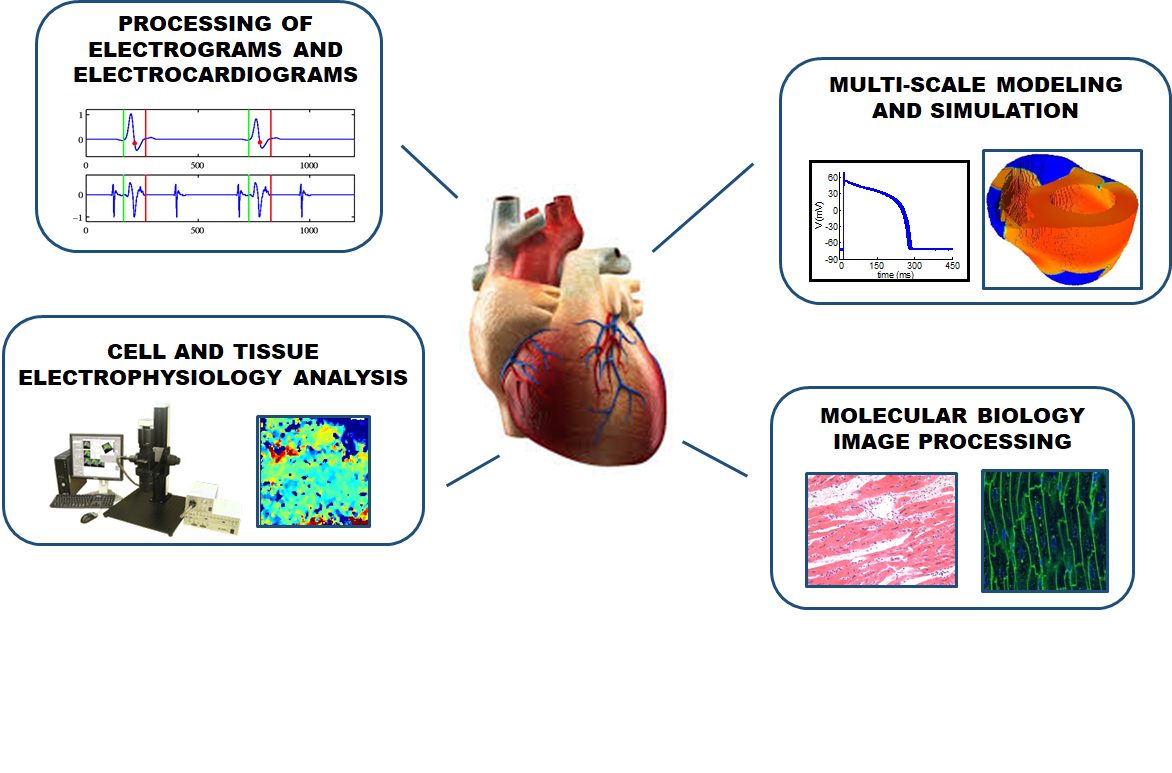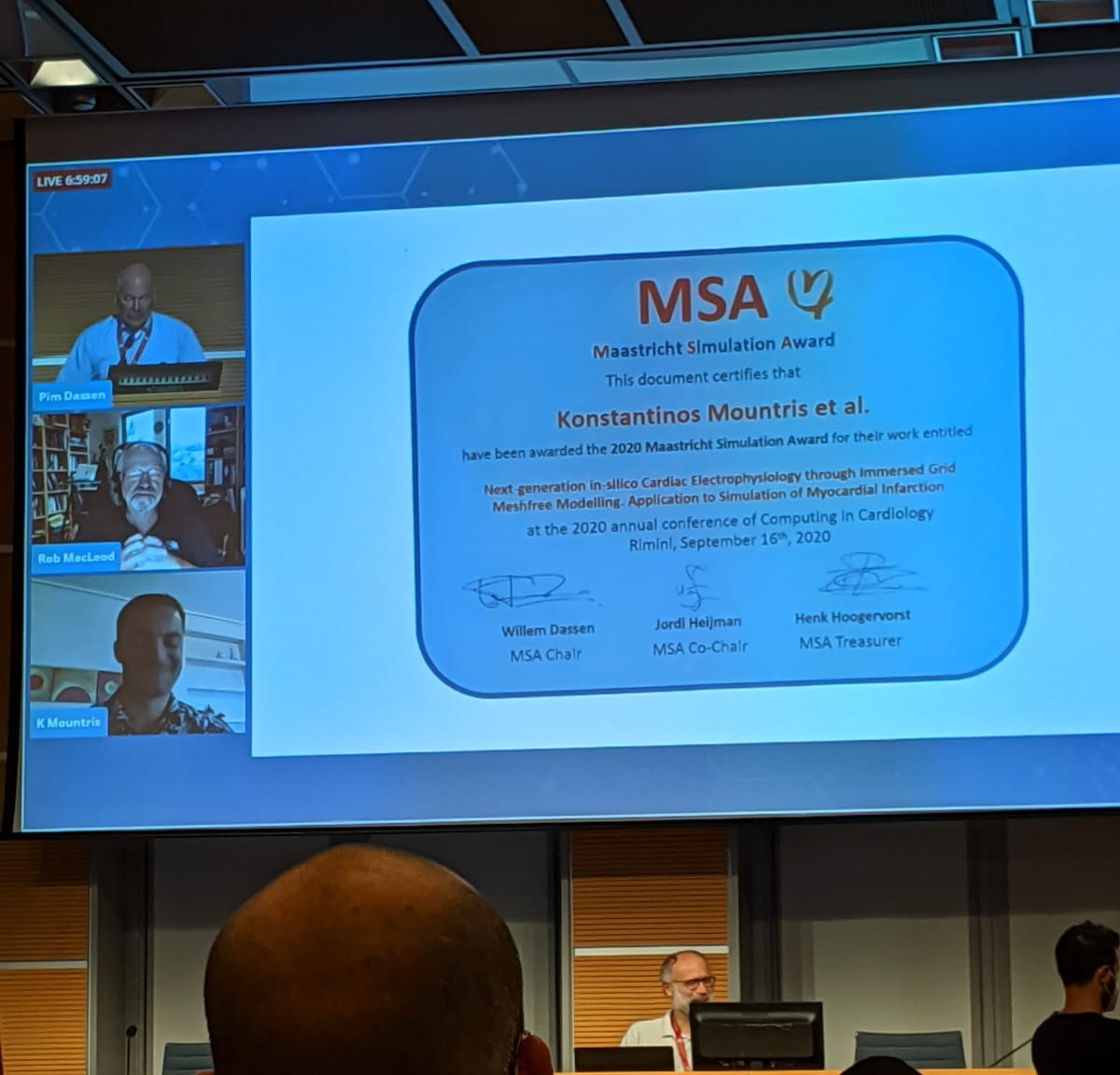The relevance of biomedical signal processing in the understanding of biological systems
Within the framework of NeoCom2021 Jesús Lázaro, researcher of BSICoS group and NANBIOSIS U27 High Performance Computing form CIBER-BBN and I3A-UZ will explain how biomedical signal processing can be used to improve the current understanding of the functioning of biological systems, conditions related to the cardiovascular, respiratory, and autonomic nervous systems, as well as their interactions.
Prof. Lázaro will review the progress of the WECARMON European Project whose objective is the development of a system for long-term monitoring (months / years) of patients with cardiorespiratory diseases.
NEOCOM: As every year, the Territorial Demarcation of the COIT in Aragon and the Association of Telecommunications Engineers of Aragon collaborate with the Association of Telecommunications Students of the University of Zaragoza (AATUZ) in the organization of the NEOcom conferences that bring ICT companies closer to the university field. All talks are broadcasted on live on the AATUZ YouTube channel (without registration)
Jesús Lázaro and Wecarmon Project
Related news:
Wearable Armband Device for Daily Life Electrocardiogram Monitoring
